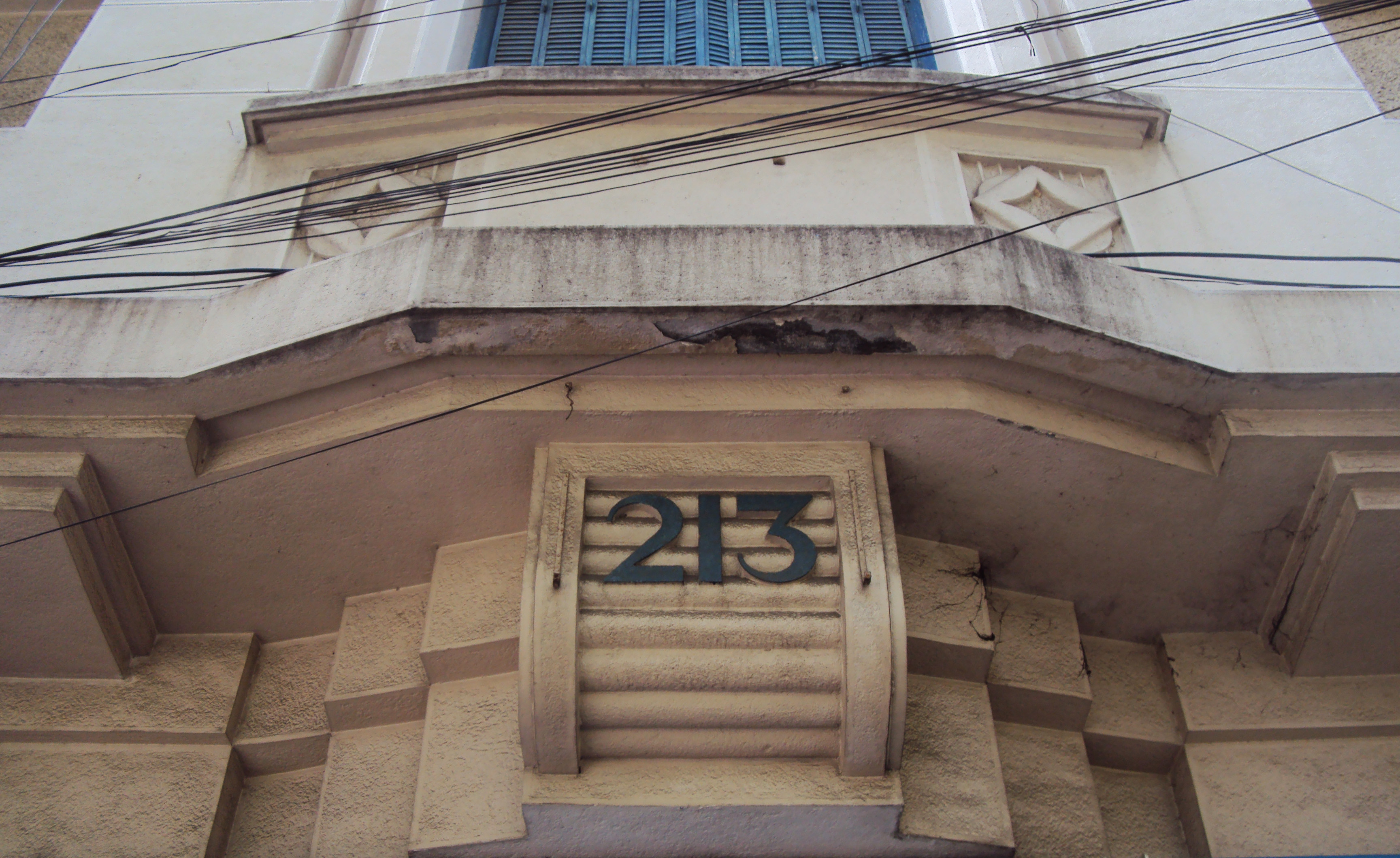
The art deco portico of 213 Đồng Khởi pictured in 2012
The project to build a new 14-storey City Administration Centre behind the Hồ Chí Minh City People’s Committee involves the destruction of several heritage buildings, and work to demolish the first of these – the attractive art deco office and apartment block at 213 Đồng Khởi – began on 24 March 2014.
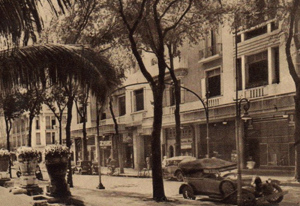
213 rue Catinat, pictured soon after it opened
For the first 60 years of colonial rule, this spot was occupied by the office of the colonial Secrétaire général, head of the adjacent Secrétariat général du gouvernement de la Cochinchine building, but in the late 1920s that was demolished and replaced by 213 rue Catinat, in its day one of the most prestigious addresses in the city.
Built in 1929-1930 by the Société d’exploitation des établissements Brossard et Mopin, 213 rue Catinat subsequently housed the Consulates of Portugal, Austria and Spain and the Office de Propagande de l’Indochine (tourisme).
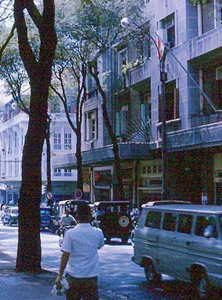
A 1965 view of 213 Tự Do (the former 213 rue Catinat) by Gene Long
It also became a centre of French haute couture, with numerous up-market fashion outlets, including Marguerite, Blessy and Galeries Lafayette.
Other leading institutions based here in the 1930s included the Agence Financière d’Indochine (Indochina Financial Agency), the Société foncière de Gia-dinh (Gia Định Financial Company), the Société urbaine foncière de l’Indochine (Indochina Real Estate Company), the Clinique de beauté et de Massage médicale, and the weekly journal L’Indochine financière et économique.
However, most of the building was occupied by apartments. One of its best-known former residents was rubber baroness Madame Janie-Marie Marguerite Bertin Rivière de la Souchère, who rented an apartment here from 1932 to 1938 after losing her magnificent estate in the Great Depression.
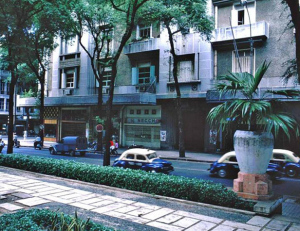
A late 1960s view of 213 Tự Do
The building at 213 rue Catinat is also mentioned in Graham Greene’s novel The Quiet American – after the departure of his girlfriend Phương, the novel’s anti-hero, British correspondent Thomas Fowler, briefly considers finding a new place to live and goes there to view “the pied-a-terre of a rubber planter who was going home”. However, Graham Greene clearly disliked the building, since Fowler refers to it disparagingly as a “so-called modern building (Paris Exhibition 1934?) up at the other end of rue Catinat beyond the Continental Hotel.”
Never recognised as a work of historic, artistic or architectural significance, 213 rue Catinat saw little or no maintenance after 1975 and was thus in a poor state of repair. It was chosen as the first building on the block to be demolished in order to accommodate the site office for the City Administration Centre project.
UPDATE: By June 2014, demolition of 213 Đồng Khởi was complete. In 2016, a “faux colonial” wing to the Town Hall (People’s Committee building) was built in its place.
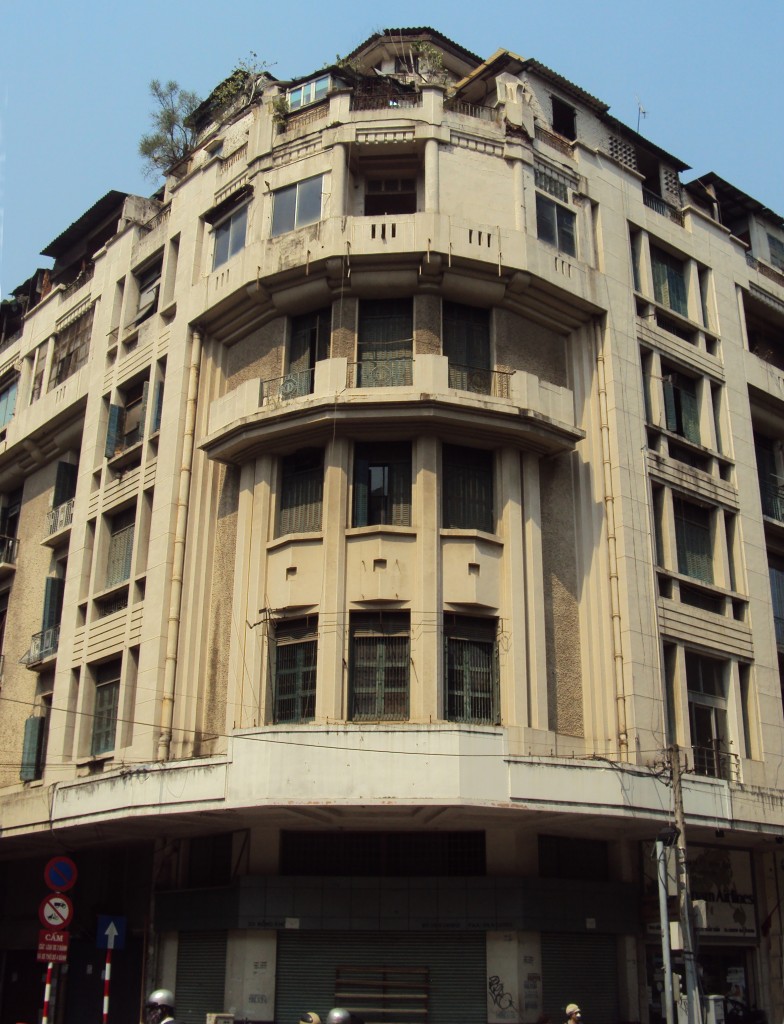
The stylish exterior of 213 Đồng Khởi on the Lê Thánh Tôn junction before its demolition
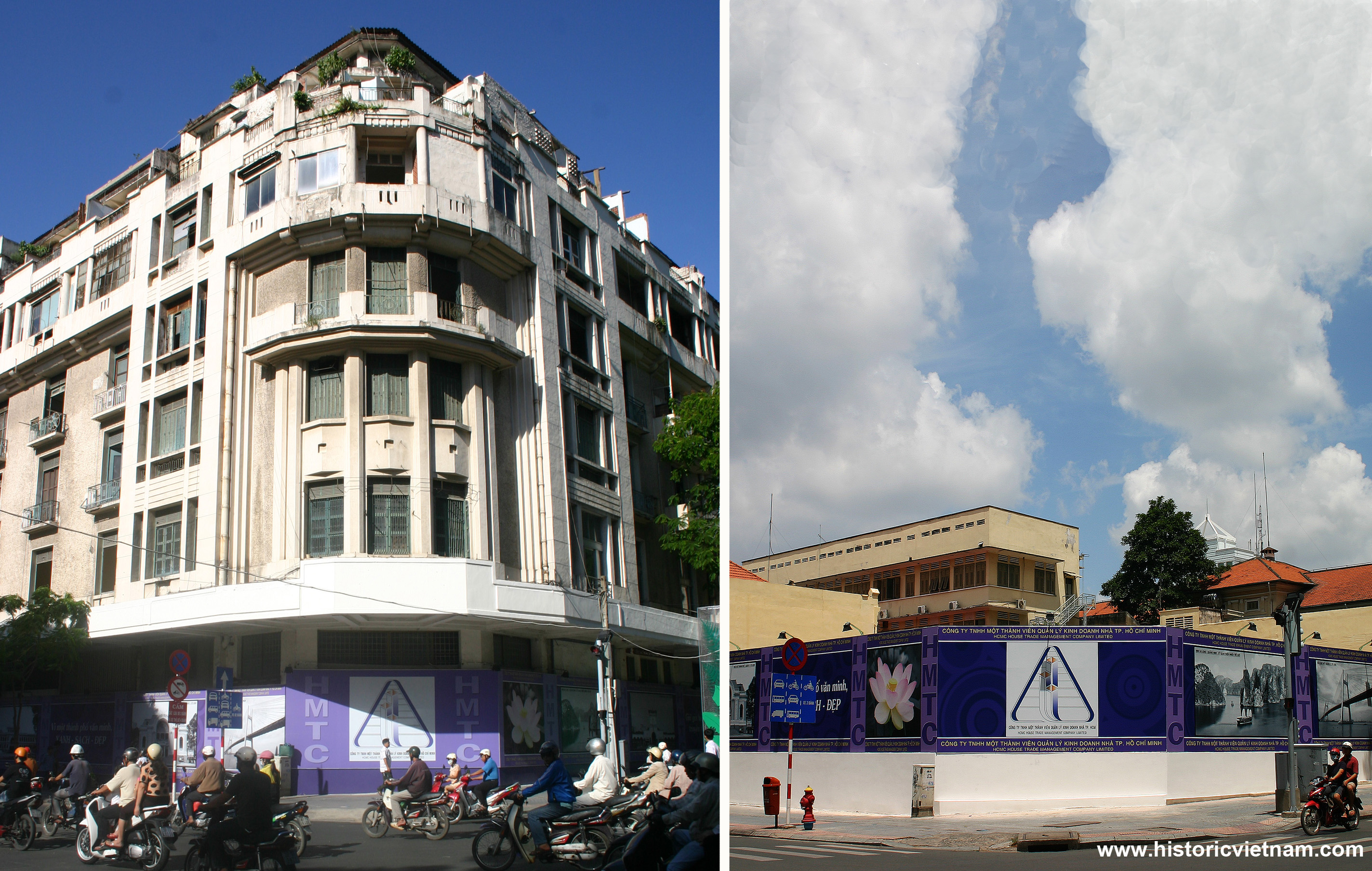
After demolition
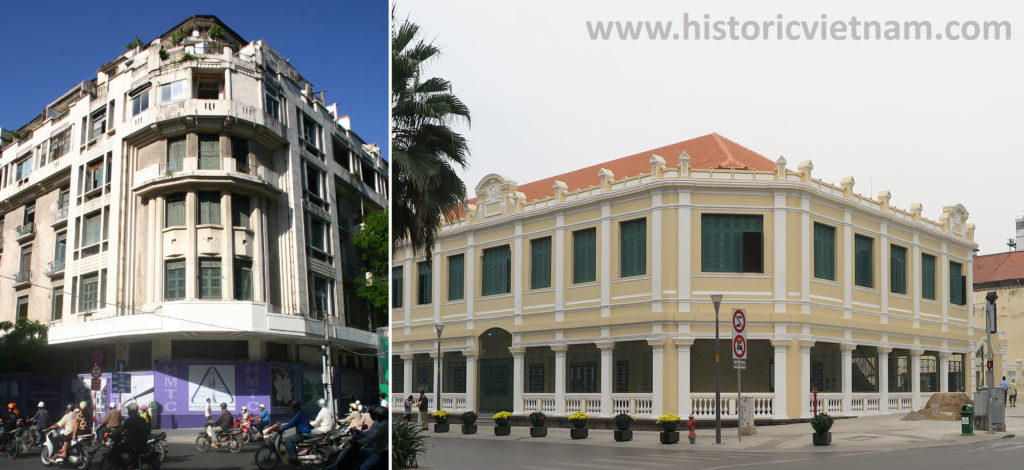
Its “faux colonial” replacement of 2016
Tim Doling is the author of the guidebook Exploring Saigon-Chợ Lớn – Vanishing heritage of Hồ Chí Minh City (Nhà Xuất Bản Thế Giới, Hà Nội, 2019)
A full index of all Tim’s blog articles since November 2013 is now available here.
Join the Facebook group pages Saigon-Chợ Lớn Then & Now to see historic photographs juxtaposed with new ones taken in the same locations, and Đài Quan sát Di sản Sài Gòn – Saigon Heritage Observatory for up-to-date information on conservation issues in Saigon and Chợ Lớn.

